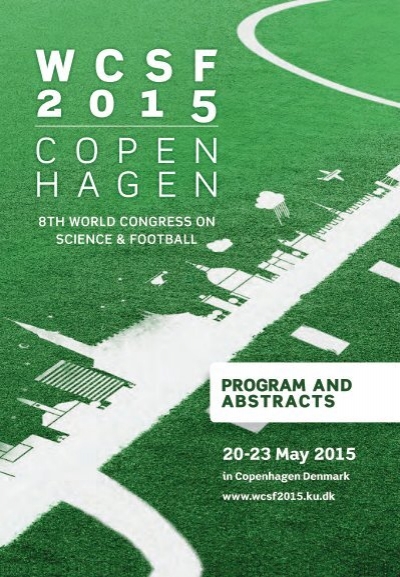Rampinini E1, Connolly DR1, Riggio M1, Bosio A1, Sassi R2, Coutts AJ3
1, Human Performance Laboratory, MAPEI Sport Research Centre, Olgiate Olona (Varese), Italy; 2, Training Check Juventus, Juventus Football Club, Turin, Italy; 3, School of Leisure, Sport & Tourism, University of Technology, Sydney, Lindfield, Australia

The aim of this study was to compare the match physical activity profiles of Italian Serie A football players of different competitive level (Top and Bottom, ranked in the first and last five league positions respectively). A video match-analysis system was used to monitor 136 players during 235 individual games. The variables considered were: total distance (TD), distance covered above 15 and 20 km·h-1 (DS15 and DS20), equivalent distance (ED), distance covered above 20 and 25 W·kg-1 of metabolic power (DP20 and DP25) and distance covered at different intensities of accelerations or decelerations. The number of goals scored and conceded was also examined. Match data was divided into 15-minute periods for the analysis. Significant group x game period interactions were found for TD (p=0.002), ED (p=0.008) and DS15 (p=0.009). TD and ED were 3-4% higher (p<0.05) for Top players during 15-30, 30-45 and 60-75 min periods. Top DS15 was higher (p<0.05) during the first half (12-14%). DS20, DP20 and DP25 were higher for Top independently of the game period (p<0.05). No significant differences were found for accelerations or decelerations (p>0.083). Goals scored were 4-5 times higher (p<0.05) for Top teams during 15-30 and 30-45 min periods, whilst goals conceded were 2-8 times higher (p<0.05) for Bottom teams during 15-30, 30-45 and 75-90 min periods. This study showed greater physical activity profiles by Top players, particularly during the first half. Future studies should further investigate the possible influence of players’ physical activity on the teams’ goal dynamics during matches.
Book of abstract WCSF 2015.